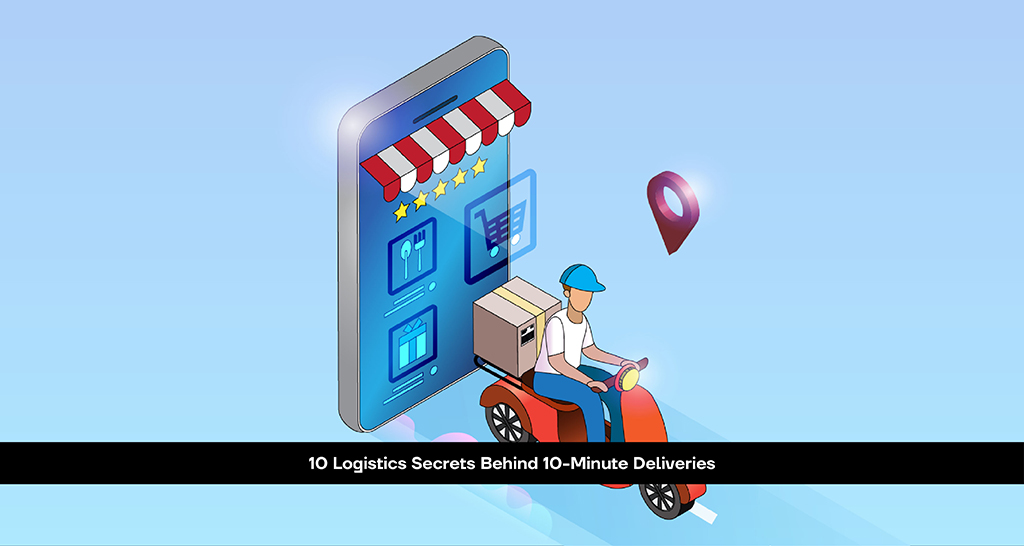The commitment to providing groceries, snacks, or essential items within a mere 10 minutes may appear miraculous; however, it is a highly efficient system driven by advanced logistics. This offers a glimpse into the mechanisms that enable such rapid deliveries.
- Hyperlocal Dark Stores
Rather than conventional warehouses, businesses utilize ‘dark stores,’ which are small fulfillment centers strategically located within communities. These facilities are not accessible to the public; however, they are well-stocked with essential items and designed for efficient picking and packing.
- Micro-Zoning for Speed
Delivery regions are segmented into extremely small zones, guaranteeing that drivers do not need to cover long distances. This hyperlocal zoning significantly reduces travel time to merely a few minutes.
- AI-Driven Inventory Management
Sophisticated algorithms forecast demand by analyzing local trends, weather conditions, and the time of day. This guarantees that dark stores maintain optimal stock levels, providing precisely what is required without excess or deficiency.
- Pre-Picked Essentials
Commonly sought-after products such as milk, bread, and chips are frequently pre-packaged or arranged for prompt shipment, thereby conserving valuable time in the order fulfillment process.
- Optimized Picking Routes
Warehouse configurations are optimized through artificial intelligence to minimize the movement of pickers. Products that are commonly purchased together are strategically positioned in proximity to enhance the efficiency of order fulfillment.
- Real-Time Driver Tracking
Riders are monitored in real-time, and orders are allocated according to their proximity and availability. This reduces downtime and guarantees that every moment is utilized effectively.
- Lightweight E-Bikes and Scooters
Electric bicycles and scooters maneuver through traffic more swiftly and require less parking space compared to automobiles. They are ideal for quickly traversing city streets without hindrance.
- Weather and Traffic Prediction
Intelligent systems consider meteorological conditions and traffic information to adapt delivery estimates and routes in real-time for enhanced efficiency.
- Dedicated Delivery Staff
In contrast to gig-based models, numerous quick commerce companies utilize full-time delivery staff. This approach guarantees accountability, facilitates training, and enables quicker execution.
- Fail-Safe Backup Systems
Redundancy is integrated at every stage, from inventory reserves to backup riders. Should one component of the system fail, another compensates to ensure that deliveries remain on schedule.
These approaches integrate technology, regional knowledge, and meticulous logistics to reduce delivery times to an astonishing 10 minutes. Although it appears effortless externally, each order is supported by a sophisticated orchestration of planning, data analysis, and execution. As consumer demands increase, these swift delivery systems are likely to evolve into a standard expectation rather than merely a luxury.






